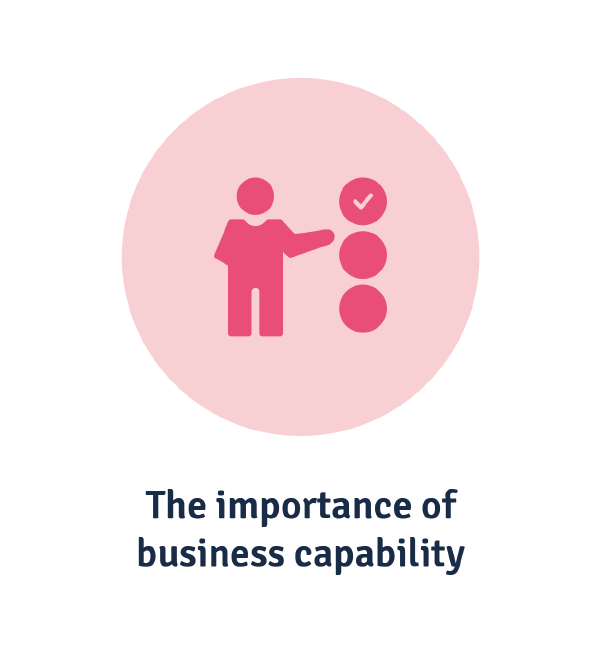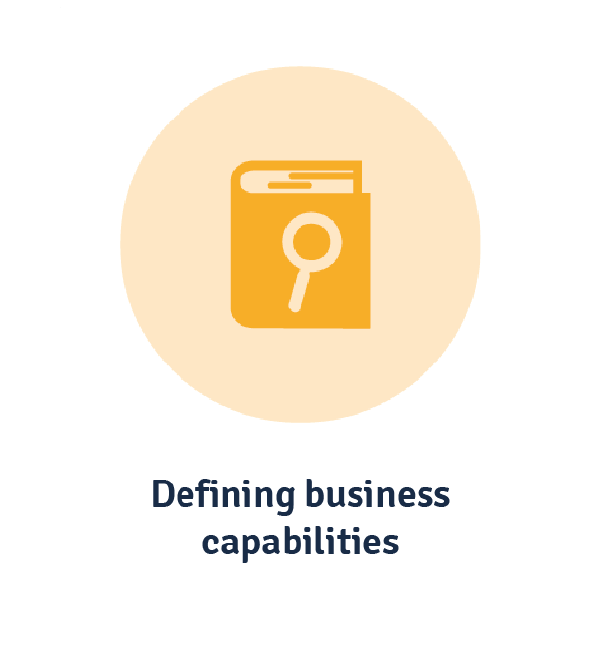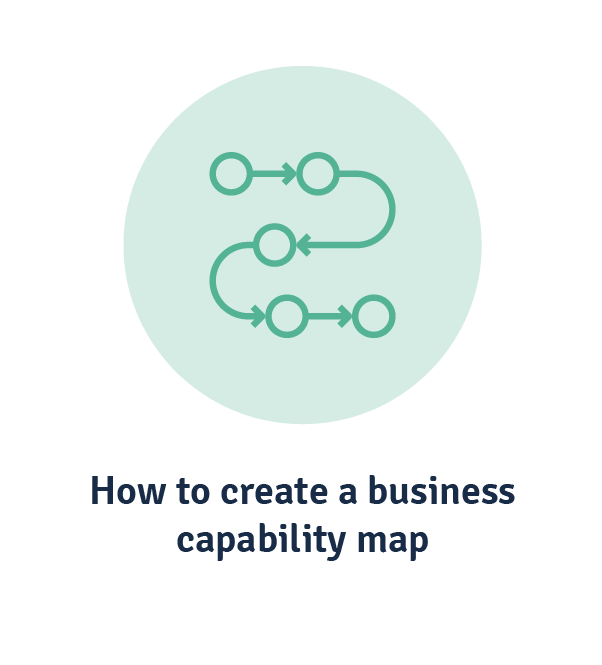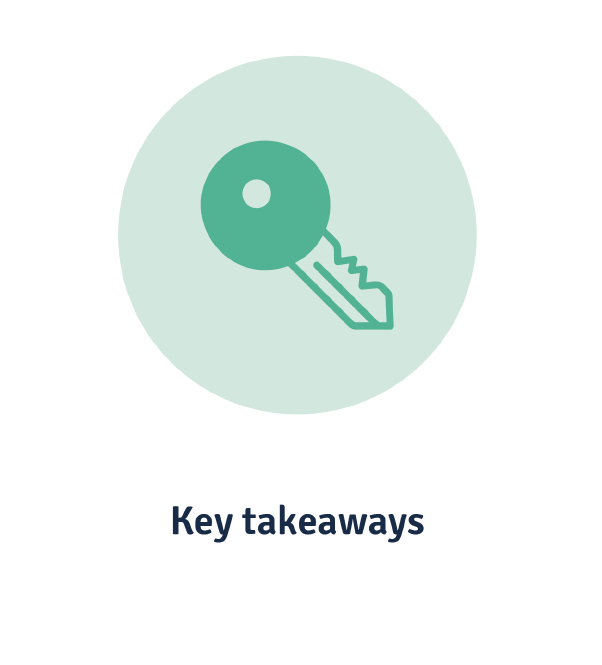Business capability mapping is one of the clearest ways to ensure you understand your CEO’s priorities and that your organisation is structured accordingly.
But for a somewhat simple business tool, it can be deceptively hard to plot. In this guide, we’ll walk you through how to define specific business capabilities, the best way to structure them and the pitfalls to avoid when creating a business capability map.
What is a business capability map?
A business capability map or model is a visual display of the structure and hierarchy of an organisation’s defined capabilities.
Along the same lines, a business capability is what a business does to generate value. Combined, business capabilities define the tasks, systems and processes that must occur in order for a business to meet its goals.
Business capability map vs capability framework
These are complementary tools with some differences.
- A business capability map does not provide any nuance beyond naming a capability and relaying its hierarchical position.
- A capability framework provides levels of competency for the purposes of performance development, capability prioritisation, workforce planning and forecasting, and strategic L&D.
In the grand business scheme, a business map would essentially be utilised to show the structure of your business in order to identify inherent potential and abilities. A capability framework is a much more diverse tool in business strategy that can be utilised by the entire workforce.
The importance of business capability mapping
Strategy and execution aren’t always as close you think. Many things can contribute to the ever-widening gap between best-laid plans and their realisation.
- Emerging technology
- The fickleness of customers
- Economic changes
- Workforce instability (lack of talent from turnover, for example).
And when trying to cover off all these ends, organisations can start speaking different languages internally. HR might talk about internal mobility, while marketing focuses on changing strategic objectives and IT wants to invest in new enterprise architects. No one sees eye-to-eye on how things are running, what’s high priority and what has the biggest business impact, which means no one’s really acting on CEO priorities, and therefore likely not acting on the business mission.

Business capability mapping creates a shared source of truth based on the CEO’s priorities, or the big picture. Capability maps are similar to a business anchor model, where the essence of business architecture is visually displayed in a way that all stakeholders can understand.
Without a clear business capability map:
- Internal business processes may be misaligned, leading to inefficient ways of work and knowledge silos.
- Individual function projects and performance are prioritised over an enterprise-wide perspective of strategic outcomes.
- Capability assessment, especially employee self-assessments, may place emphasis on low priority capabilities.
- You can misinterpret capability maturity, risking extinction of core capabilities.
- Job roles may not be accurately designed to reflect crucial functional tasks.
- Necessary process improvements may go without resolution, overextending resources in the long run.
The connecting thread here is performance. Most enterprise learning solutions aren’t designed to map capabilities to learning, and therefore, learning to business goals. This can make it tricky to sell capability mapping (and development, and the connection to performance improvements).
This is a big reason we pioneered the performance learning management system (PLMS). It bases learning on business capabilities, guiding employees step-by-step through the specific capabilities they need to perform their roles. At scale, that gives you visibility of what capabilities are immediately available to you, and what needs urgent development.
How do you define business capabilities?
Once more for those in the back: Business capabilities outline the systems, tools, processes and objects that, when combined, drive business strategy and organisational success. They describe a what, not a how. (With the organisation’s mission as the why.)
For example, Customer management is a business capability. Focus on providing a positive customer experience is not a business capability.
The difference is if a capability is something your organisation must do to fulfil its mission. Performance management would be a highly valuable piece of the workforce puzzle for many organisations. But setting performance goals and targets is a process that an individual HR employee would do. Therefore, it’s not a business capability.
Consider current and future state
Business capabilities should also describe what you have the potential to do. If you’re looking at three, five, ten-year plans, consider what capabilities will get you to those goals.
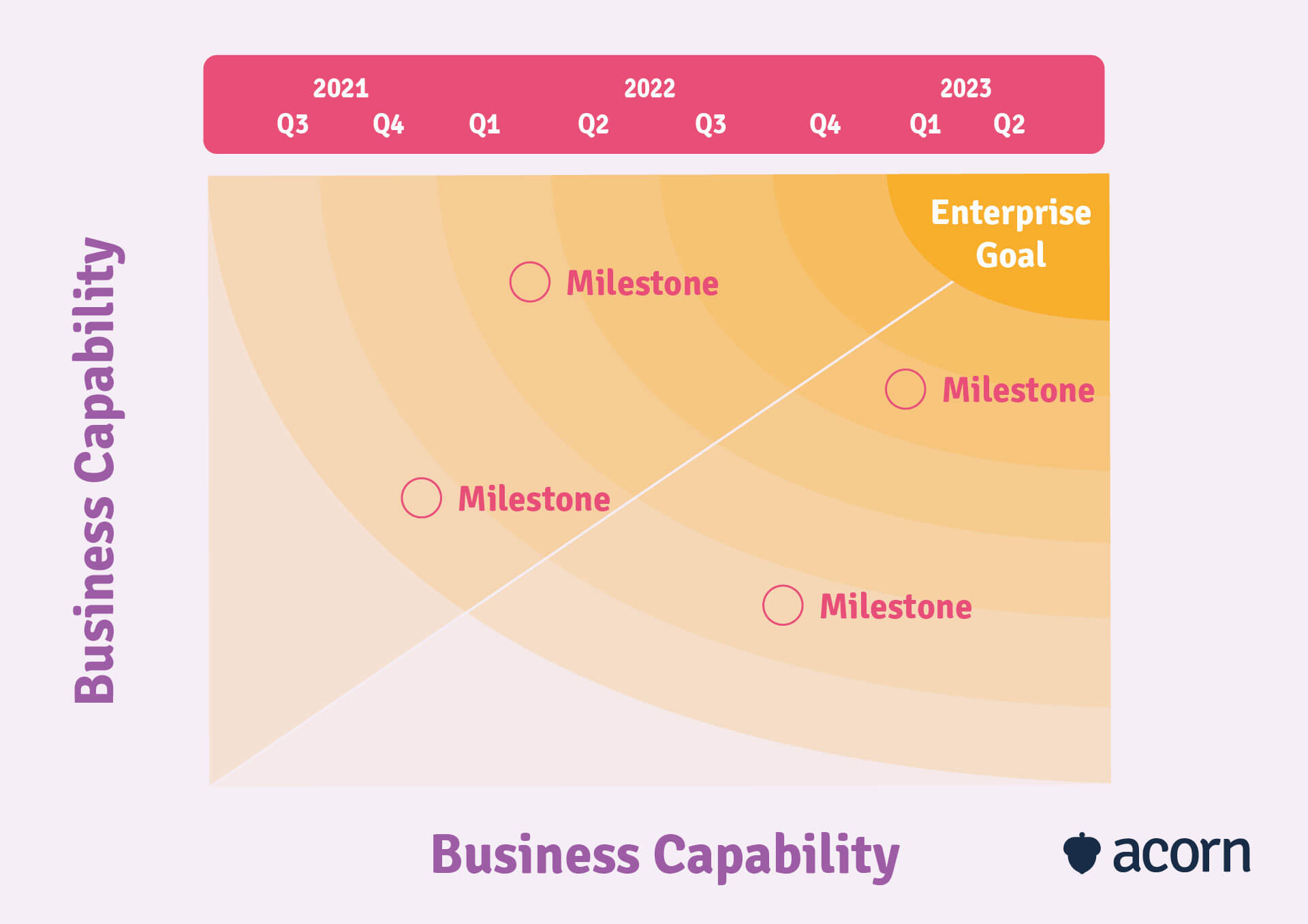
To further narrow down what your business can do, consider:
- How your organisation segments functions
- Key business processes
- The tactical demands of the business
- What informs senior business leaders’ decision-making
- The abilities, systems, structure and processes you need to have in future.
Think evergreen
Business capabilities should be as stable as possible. If a capability would change if you split up a department, it’s not a true capability.
Consider the language you use to name capabilities. You want the description to be easily and widely recognisable. Some recommend a BAU approach to describing individual business capabilities, e.g. Organisational development.
Decompose cohesively
The instinctive reaction of stakeholders may be to identify “their part” in business capability maps.
When creating levels of decomposition (aka sub-capabilities) under your core capabilities, you want to think about the business criteria that will make the most sense internally. For some companies, that may be your functions or largest departments (think operations, strategy, leadership). For others, you may want to consider a combination of factors like:
- Regulations
- Pace of change
- Markets and regions
- Business objects.
We’ll go into a bit more detail on this in the next section.
How to create a business capability map
Defining business capabilities is just one step in creating a business capability map. (Who would have thought, right?)
There are a couple of approaches you could utilise to structure your map and outline capability hierarchies.
- Straw-based. Essentially, you’re starting from scratch and building your map based on internal data. It’s not the easiest approach to take, as you’ll still need external data to understand the potential of your organisation.
- Whiteboard. This approach looks to industry trends and examples to shape a business capability map around customer needs.
- Top-down. Senior stakeholders help define the highest level of capabilities, each of which is decomposed into more detailed levels.
- Bottom-up. A more time-heavy approach, wherein business capabilities are defined at the task level.
However you choose to do business capability mapping, you’ll still follow the same core steps to structure and organise your map.
1. Organise capability groups
There a few ways you may choose to define organisation at the highest level. Most take an objective or value chain-based view of their business.
- In the objective viewpoint, you’d be segmenting capabilities by their impact on specific strategic outcomes.
- The value chain viewpoint looks at the chains of activities that definitively contribute to said strategic outcomes.
The former may look something like this.
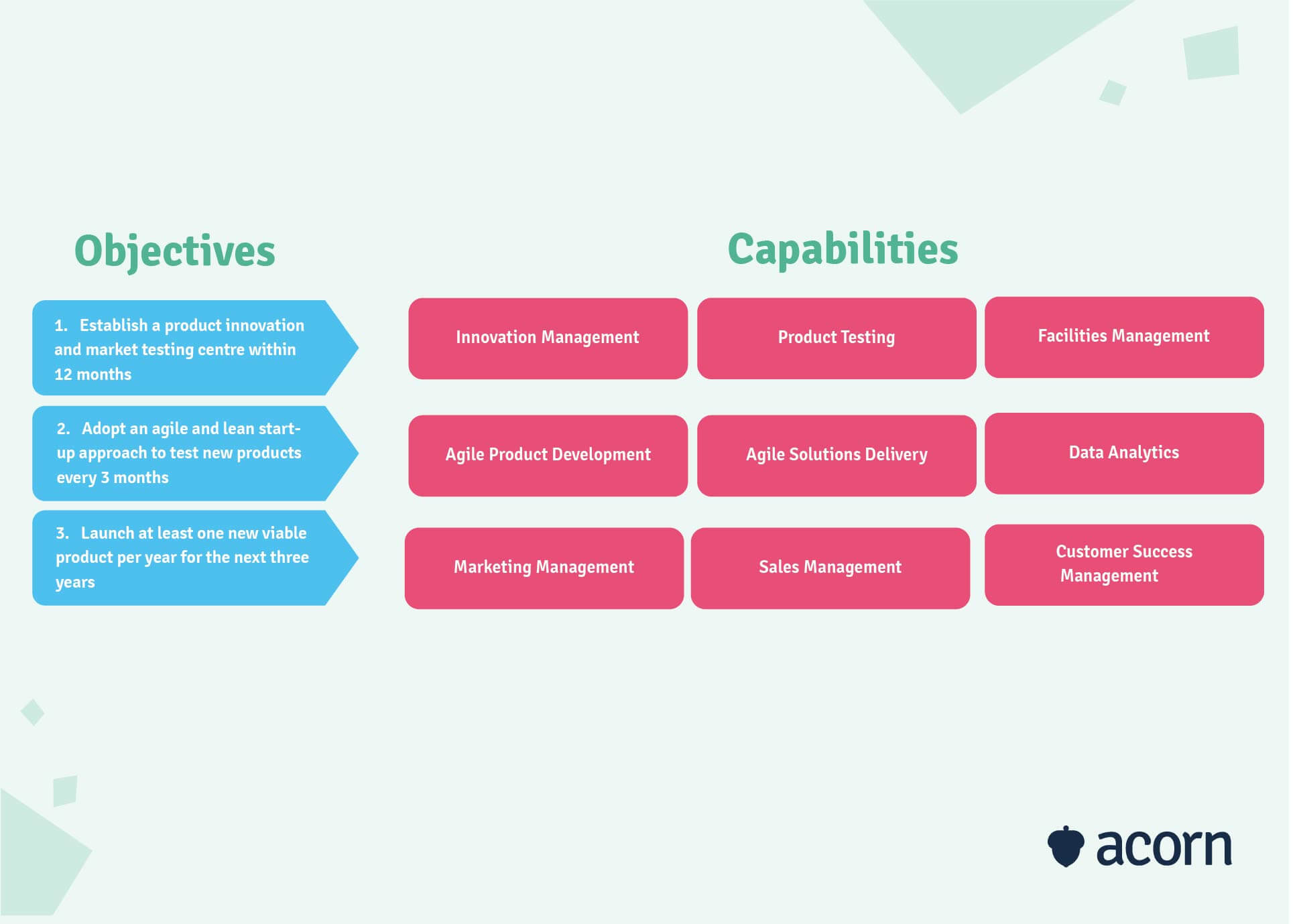
While the latter could look closer to this.
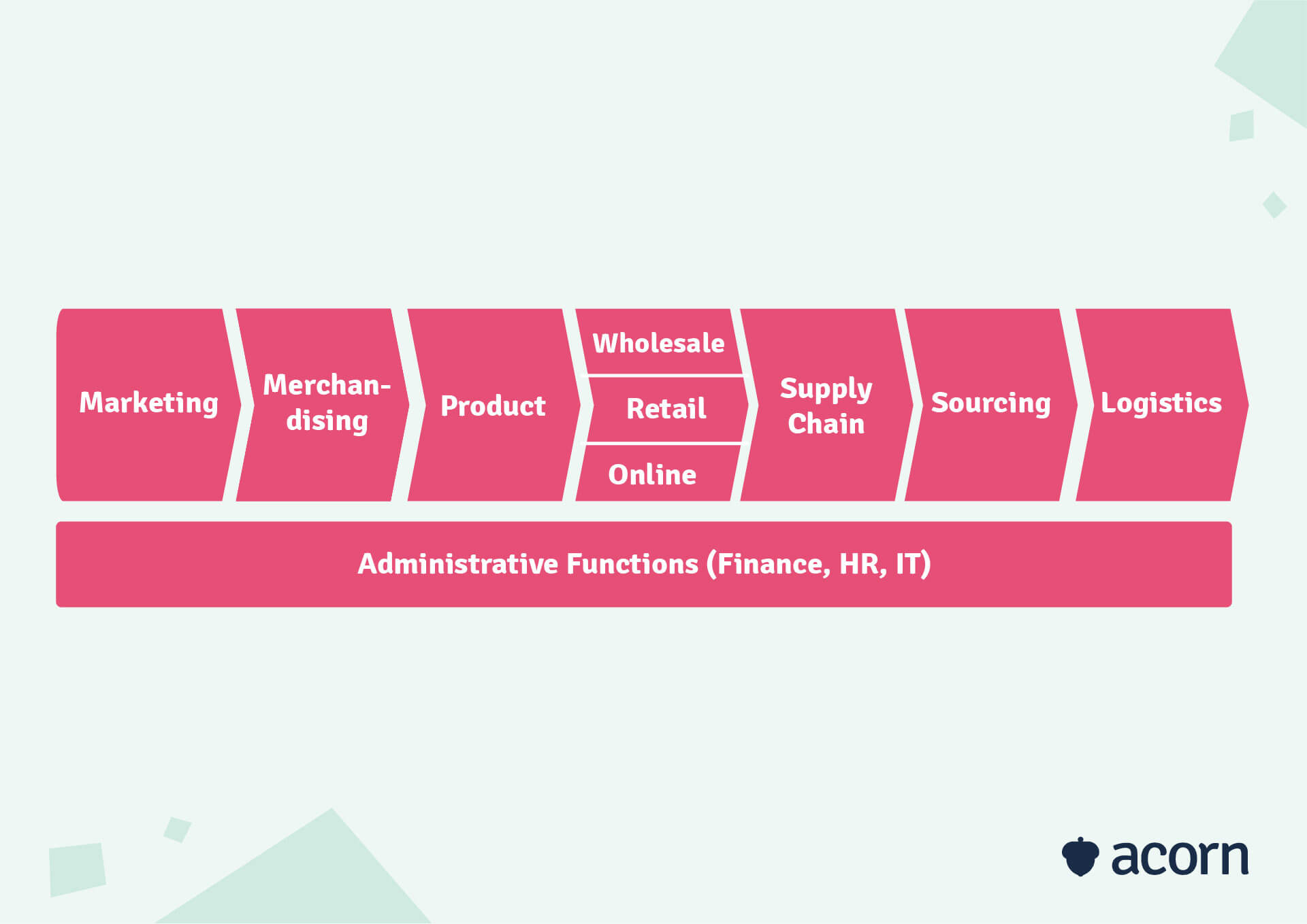
As we’ve mentioned, linking business capabilities to your CEO’s priorities is incredibly important, if only to create unity around strategic direction. You may need to factor priorities like these into the greater conversation around defining core capabilities:
- Cloud transformation
- Workforce engagement
- Talent cultivation
- Economic resilience.
As a final note, the capabilities defined at this level must be as absolute as you can make them. Don’t get fancy with wording; keep it as simple as possible.
2. Define sub-capabilities
Sub-capabilities provide a number of functions, from offering nuance for organising teams to showing the chain of necessary tasks in a value stream.
Say we’re following the value chain or functional structure. Discussions with leaders would need to divine the non-negotiable elements of those chains.

You may choose to have fewer groups of business capabilities with more sub-capabilities.
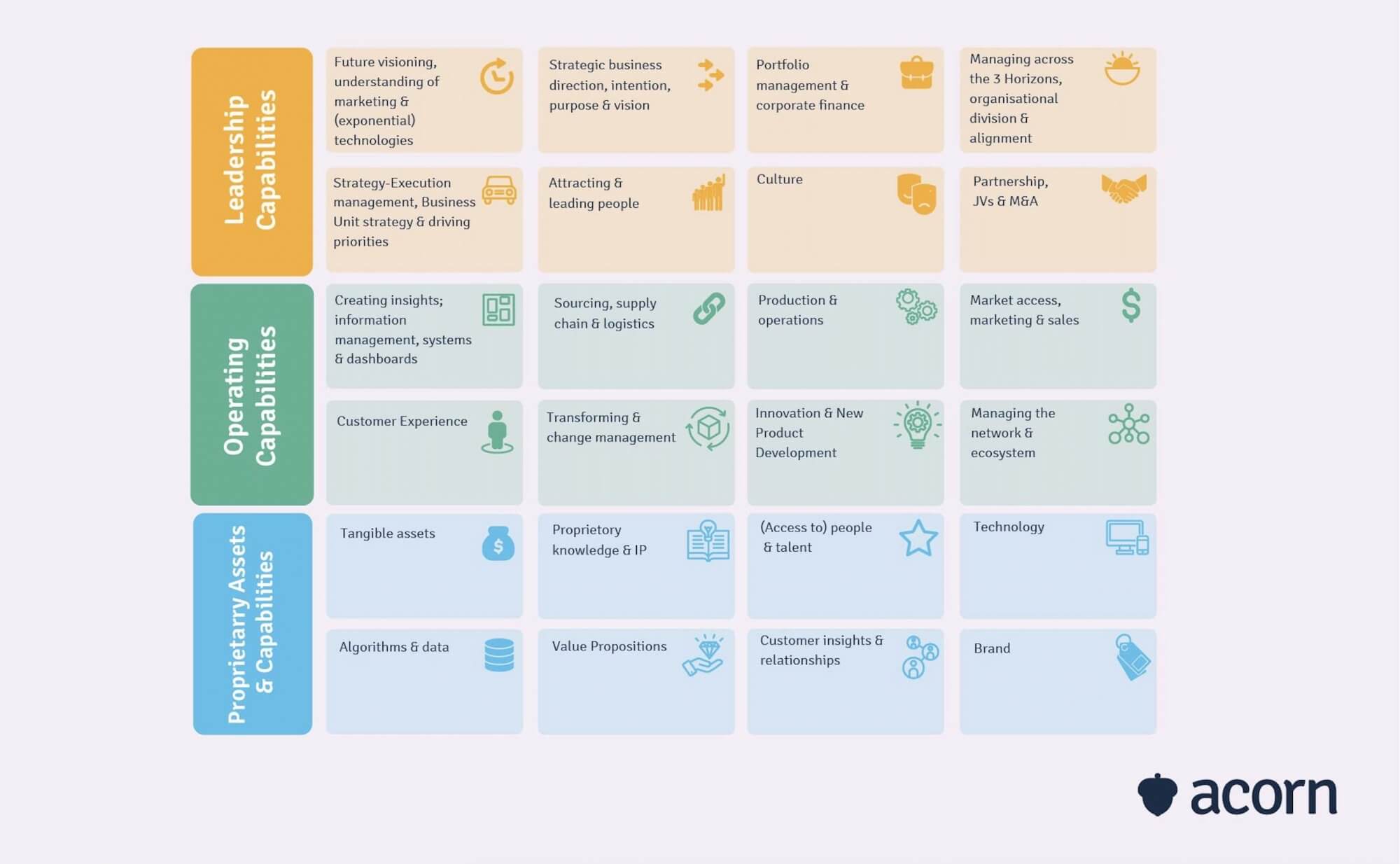
You don’t necessarily need to have the same number of sub-capabilities under each core capability or capability group. The number of vital tasks may vary between stream, function or objective.
Some helpful reminders when defining this initial layer of sub-capabilities include:
- Use nouns, not verbs. (What, not how.)
- Note attributes of each capability if you don’t already have a framework in place.
- Define what vital truly means. Not all tasks will equate to a capability; many will likely be grouped under the umbrella of one.
3. Decompose sub-capabilities
Sub-capabilities will have their own further decomposition. This level will likely be the most iterative, but it’ll also give you the most insight for activities like heatmapping and capability prioritisation.
This is mostly seen in larger companies with complex business structures. However, smaller companies may still find that business capabilities provide a clear idea of the crucial tasks in your organisation when you continue to break them down.
The aim is to reach the lowest level of hierarchy and the smallest point of decomposition possible. A helpful way to frame this is with parent and child capabilities.
Each capability (whatever its level) is a parent, whereby all the sub-capabilities spawning from it would be considered child capabilities. That means that together, that level of child capabilities would completely and exhaustively described the components of the parents.
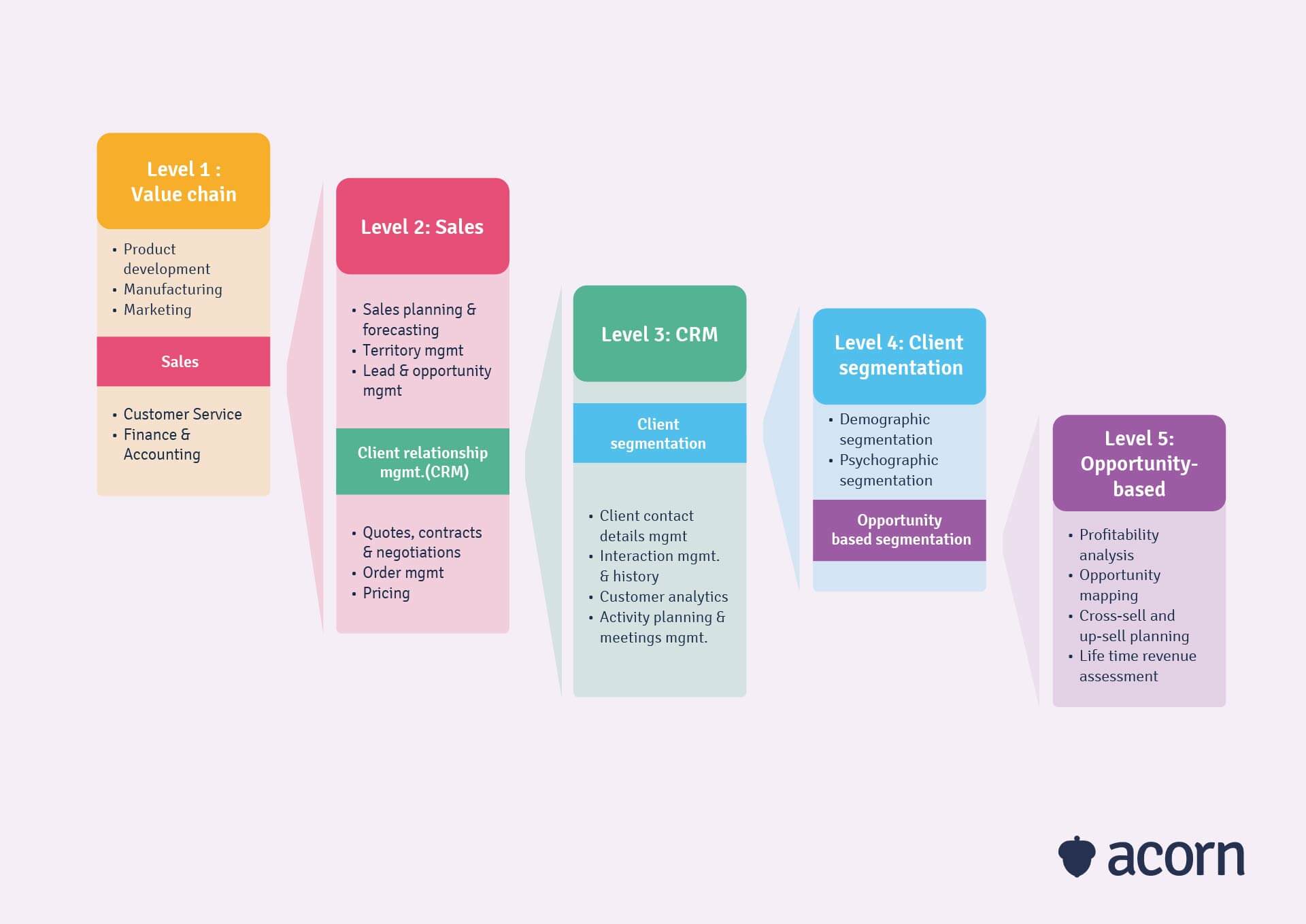
As we’re dealing with organisational capabilities, remember that we’re not talking about behaviours or skills as you would in capability models designed for the workforce. Think in terms of processes, systems, functional requirements and outcomes.
The pitfalls to avoid with business capability maps
Getting business capability mapping right isn’t always the easiest of tasks, though the outcome is a deceptively simplistic business tool.
Be sure to follow some tenets of good planning when undertaking a business capability mapping exercise.
- Involve your business or enterprise architects from the start.
- Similarly, this isn’t simply a HR or CEO exercise—it should be a cross-functional project to ensure capabilities aren’t defined in a vacuum.
- This is an iterative exercise, hence why you want so many stakeholders’ input. Your first draft isn’t likely to be your last.
- Don’t get caught up in the language you use. Simple, plain business terms. The simpler the better.
- Remember that capabilities are mutually exclusive and collectively exhaustive.
- Your organisation also owns these capabilities. Think about what in your value chain makes you different from competitors.
- Consider where this sits in any capability-led strategy. Do you actually need a business capability map?
Key takeaways
Between business capability models, frameworks and discovery tools, it can seem like there are a million things you need to enact a capability-led business strategy.
Truthfully, a business capability map is your starting point when differentiating your business through capabilities. It requires stakeholders to cohesively understand the CEO’s priorities through a decomposition of value chains and vital business tasks.
A clear view of the hierarchical structure of business capabilities will ensure that any capability-based processes (such as resourcing, role design and creation of teams) are based on the true strategic objectives of your organisation.
Related Reads on This Topic

How to Do Capability Mapping Like a Pro
Learn how the capability map can be used to define your current state of business and the gaps to cover for future success…

How Can a Strategic Workforce Planning Template Help Grow Your Business?
A workforce planning template takes the guesswork out of workforce planning, but is a template really right for your organisation…

The How-To Guide to Effective Capability Assessment
Read more to discover how capability assessments measure the capabilities of both your business and individual employees…

